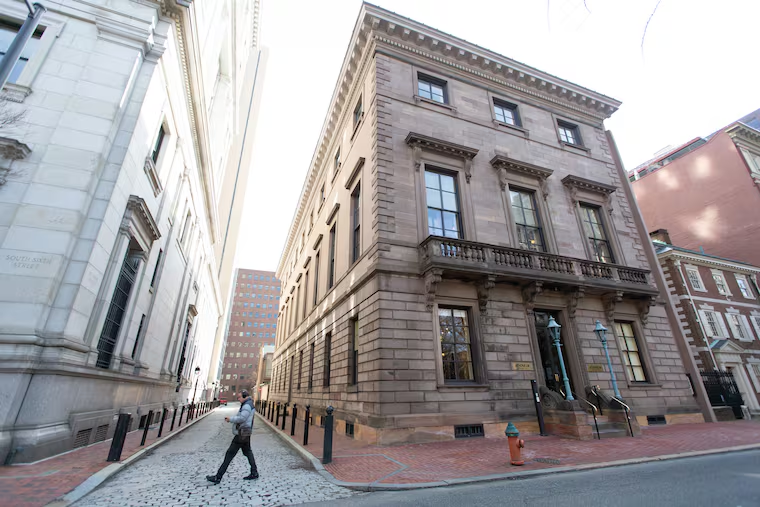Penn Libraries and venerable Philadelphia Athenaeum form bookish alliance
University researchers and Athenaeum members will be able to access each other's catalogs seamlessly in what could be a model for urban universities and neighboring independent libraries, archives, and museums.
